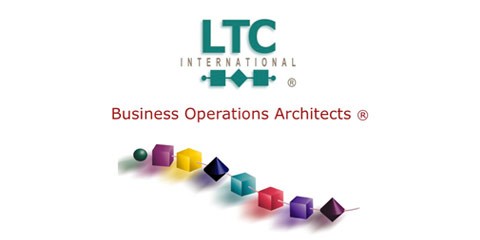
By
Chris Haddock
Superficially, today’s fixed and mobile telephone networks are not too different from those of thirty or more years ago. You dial a number – it could be a special short number, or an 800 number, the principle is the same – signalling takes place to connect your call to the other party. Sure, the numbers you dial look different now. And they’ve added some nice features that make things more convenient – like a built-in answer-phone service and caller identification so you can filter out calls, find out who called and when etc. For business users, there’s even a little more like calling circles, hunt groups, and multi-party calling for example.
We sense, as service users, that mobile telecoms provide a more personal service with greater utility. Call the number and you connect to the person, not the location. Wherever they are, whatever the time. People of all ages have adopted text messaging enthusiastically as an additional, highly-valued communication option. Increasingly, mobile email and high speed data are also becoming more commonly used, blurring the boundary between person-to-person telecommunications and “the web.” People are nomadic, and now that connectivity and the device is mobile too, it is clear that extra attributes such as location and presence can be utilised to create services that are more “user aware” and therefore useful to the user.
|
|
Call the number and you connect to the person, not the location. Wherever they are, whatever the time. |
|



The Service Layer is implemented by one or more Service Control Points (SCP). SCPs are also commonly referred to as an Intelligent Network Platform or commonly “IN” platform. When the network switch receives signalling for any kind of telephone number other than a standard, geographic number (which it will route directly), it passes control of the call to a designated SCP. The SCP figures out what to do. This might be to perform a number translation, check and authorize the call depending upon a prepaid tariff and balance, try several numbers in sequence or parallel, or look-up additional information such as
|
|
|
|

The Service Layer
To adapt the rigid A to B model that we started with, telecommunications engineers adopted a layered model and ensured that the signalling aspects of a service were separated from the actual communication channel. It’s called Signalling System 7 (SS7 for short), and the same principles have been re-used in SIP – the IP-based equivalent – that will, in all likelihood, eventually replace SS7. The core network provides the signalling, switching and channels to deliver the service. The layer above is the Service Layer. It is in this layer where intelligence is added to the signalling and basic switching function.
|
|

subscriber ID, location, personal calling rules etc. Throughout this process, the SCP is in charge and controls the call.
The Problem
So far, so good. So what’s the problem? Essentially, it is that SCPs are only available as a complete, vertically integrated hardware and software system. In other words, a “box” that you connect into the network to perform predefined functions. They were designed in the 1990s or earlier to provide the limited range of standard telephony services at that time and to comply with the
article page
| 1
| 2 | 3 | |
|





